![Choosing to do Nothing is Still a Choice: Law Firms Standing Still are Getting Left Behind]()
In screenplay and novel writing, the “inciting incident” is the event that gets the story rolling. It’s the action or decision that introduces the problem that the story’s main character must overcome. In Jerry Maguire, it’s the moment that Jerry writes his “mission statement” manifesto about the need to put people first in the sports agency business. It leads to his firing, and he walks away from his power job and starts over.
In movies and books, the inciting incident is unmistakable. It’s the moment that calls the protagonist to action and changes their life irrevocably. That’s the thing about fiction – almost every story follows the same arc. There’s background, struggle, and ultimately triumph, with twists and turns along the way. But the story almost always gets resolved, wrapped up in a pretty bow, and more often than not the protagonist lives happily ever after, having defeated the villain, gotten the girl, or defused the bomb, just in the nick of time.
It’s said that art imitates life, but real life is, of course, far different. And messier (at least the ending). For almost all of us, potentially-inciting incidents happen frequently, but rarely do they lead to real change. Often we miss their meaning altogether. Other times we recognize their significance, but are unable or unwilling to leverage their transformational power. We have a health scare, but do little to improve our lifestyle. We get laid off from a job we hate, but instead of pursuing a vocation we are passionate about, we jump right back into the corporate grind.











